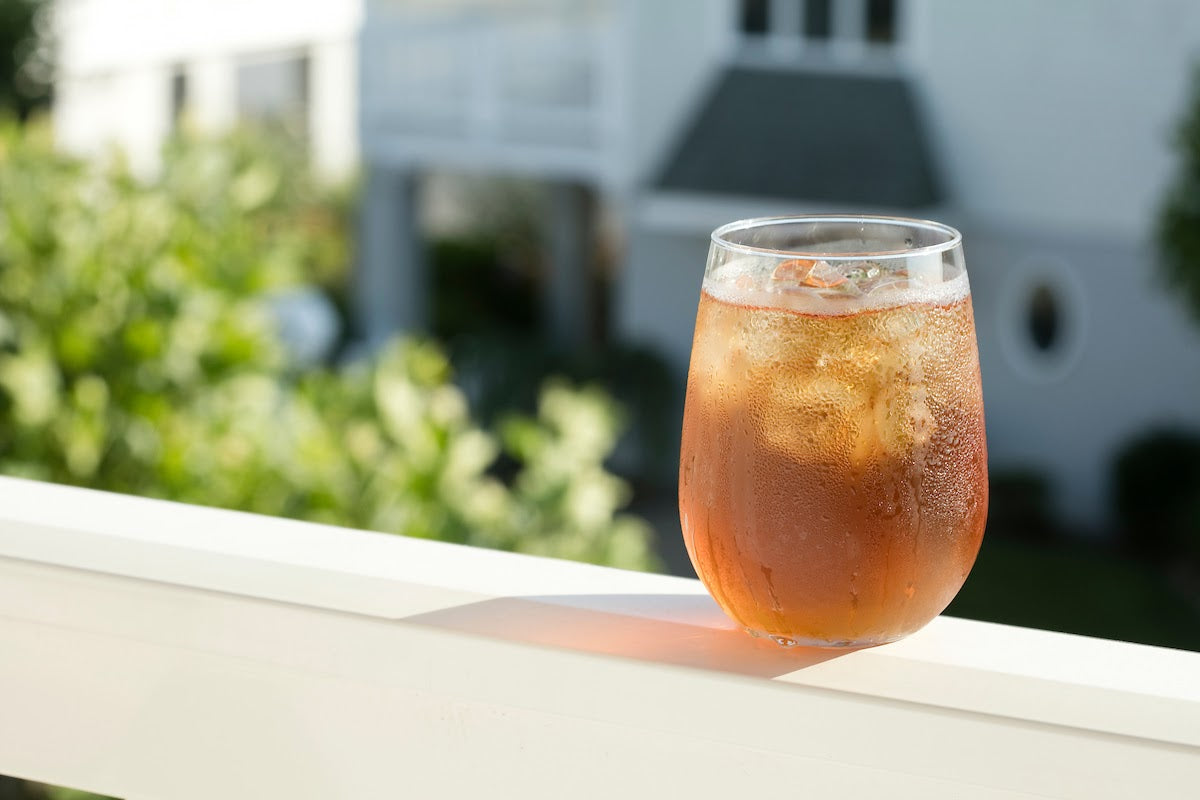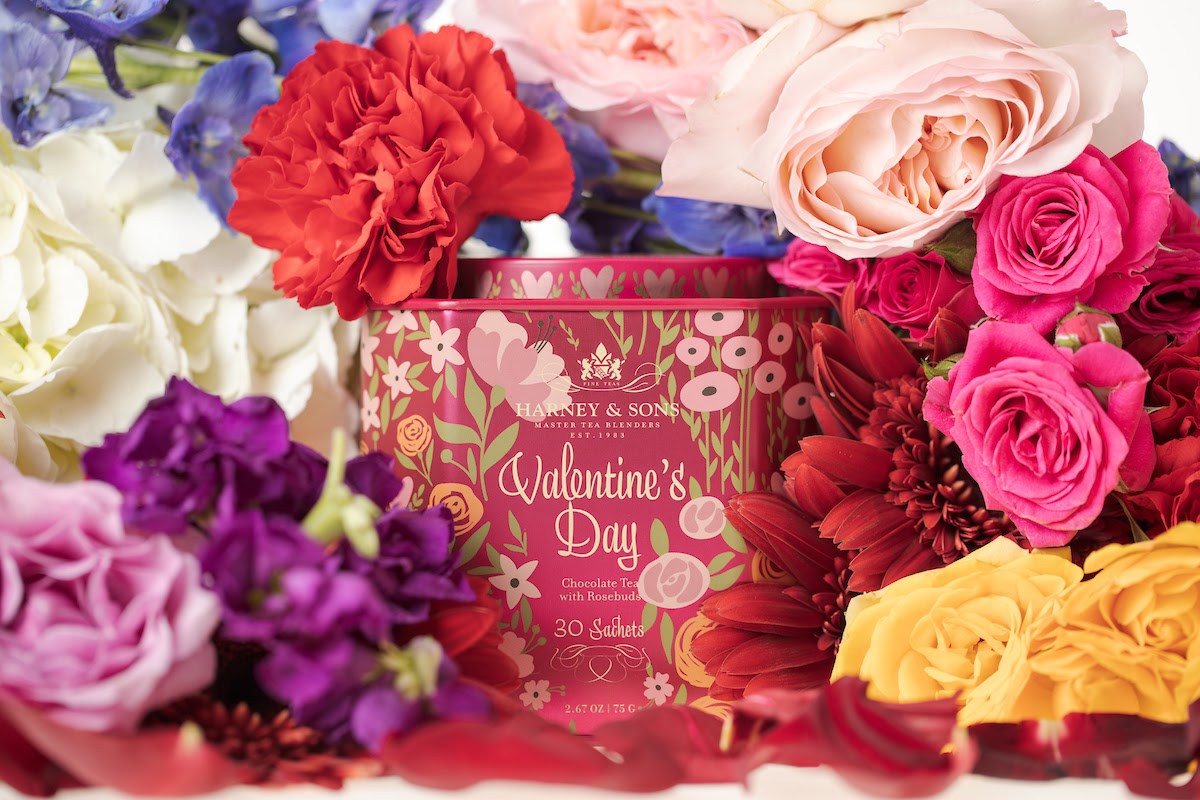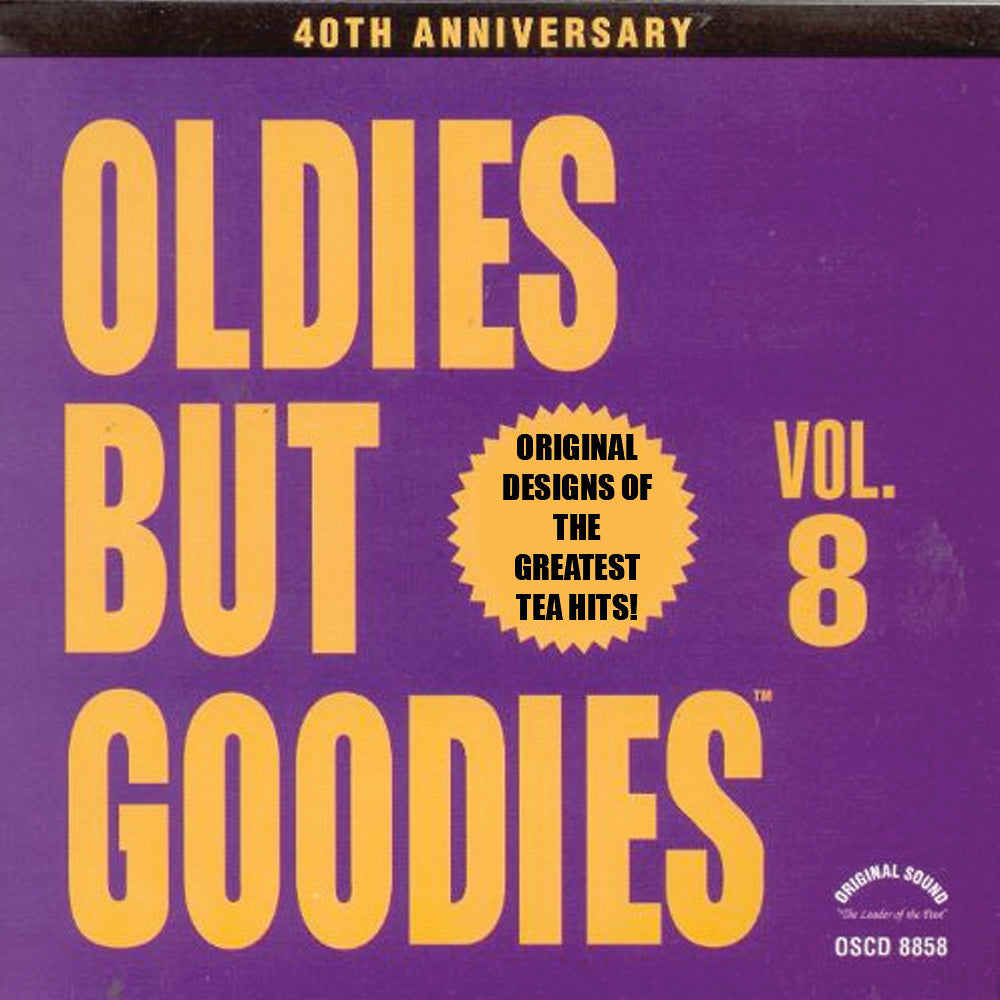As in every country, tea habits and traditions are different in the United States than elsewhere. While we may not have the formal tea ceremonies of China and Japan, nor the longstanding, deeply ingrained tea practices of England, we do have our own uniquely American relationship with tea.
It Was a Love/Hate/Love Relationship
The history of tea in the United States is an interesting one, to say the least. Featuring controversy, rebellion and outright war, tea was at the heart of the beginnings of the Revolutionary War with Britain. The well-known story plays like a classic American soap opera—for all we know, even sudden bouts of amnesia and long-lost evil identical twins were involved.
In short: Dutch settlers introduced the American colonists to tea in the 1600s, and with the British colonization of North America, the practice of tea drinking spread. However, when the British decided to levy taxes on the colonists in the 1770s, including a tax on tea imported by the British East India Company which had been granted a monopoly on importing tea to the colonies, the colonists revolted and the Boston Tea Party occurred (which was more like a frat party and not at all like your traditional tea party). The Revolutionary War soon followed, and tea fell out of favor. In fact, it was considered unpatriotic to drink tea in America for a considerable period of time.
Finally, in 1834, the East India Company lost its monopoly, and tea could be traded freely with whomever America wished. This brought on the era of the clipper ships, a three-mast, long, narrow ship designed for speed and faster transport of tea from China—the larger American version became known as “tea clippers.” So stiff became the competition to be the first merchant to bring home a fresh crop of tea, in 1866 tea clipper races became popular for a few years. Merchants with the fastest ships could command a higher price for their tea. It was a new, exciting era for tea in the U.S.
History would again play a role in tea’s place in America. With Japanese imports halted after Pearl Harbor, and trade relations shut down with China from 1950 until 1971, tea was no longer imported from those countries. Yellow, white teas and even green teas became hard to come by. Fortunately, a flood of Chinese and Japanese high-quality teas are now commonplace in America. Slowly but surely, the wide world of teas has found a home in the U.S. and is no longer the center of controversy or colonial frat parties.
Some Uniquely American Tea Inventions

You can thank the American Thomas Sullivan for that teabag in your cup. A New York tea importer, Sullivan didn’t set out to invent the teabag—he merely put his teas into small silk bags to send to clients as samples. Not realizing Sullivan’s intent, his clients instead thought, huh, we’ll just steep the tea in these handy bags! Voila, teabags were born in 1908. As silk was too expensive for larger production, gauze was used initially until paper fiber was later utilized.
(Quick Public Service Announcement: we are aware of recent concerns raised about plastic teabags. Harney sachets are a BPA-free food grade nylon. We have been testing non-GMO biodegradable sugarcane fiber sachet material for about a year now and have recently started introducing it to some of our product lines.
Our paper tea bags are compostable, oxygen bleached with a method that does not produce dioxins, there is no epichlorohydrin, PET, or PLA in our paper tea bags. We offer a variety of certified organic teas in them. The tea bags are fastened with a knot in the string, there is no glue or staple on the tea bag, and they are a great choice if you have any concerns about plastics. We also offer all of our teas as loose tea and encourage people to use durable filters and loose tea as much as possible to minimize packaging waste. And now, back to our story.)
Another American “contribution” to the tea industry was the creation of the first instant tea. In 1946, Nestle USA introduced this newfangled product to the market. As convenient pre-bottled iced teas in individual and larger sizes have since hit the market, and as consumers began to realize there was better-tasting tea out there, instant tea has fallen in popularity. We can’t say we’re too sad about that.
When in Rome (Rome, Georgia, that is)…

A big part of the South’s culture in the U.S. is sweet tea. You see it in movies, you hear it in country music (as in Billy Currington’s ‘Good Directions’: “You gotta stop in and ask Miss Bell for some of her sweet tea” or Zac Brown Band’s ‘Chicken Fried’: “Sweet tea, pecan pie and homemade wine where the peaches grow”), and you experience it wherever you go in the South. In our southern states, “tea” means “sweet iced tea.” Called the “table wine of the South,” sweet tea is what you’ll get during your visit to one of our southern states if you order tea. If that’s not what you want, you’ll need to ask for “unsweet” or “plain” tea.
To make sweet tea the true Southern way, you make it by the pitcher, not the glass. Steep your tea -- use one of our fresh brew iced teas to make two quarts -- and then mix sugar (one-half cup for two quarts, or more or less to taste) into the hot tea. Chill the tea thoroughly and then pour over ice. If you’re feelin’ fancy, add a lemon slice, mint or other refreshing fruit flavor of your choice. A proper Southerner would always have sweet tea chilled and available at all times.
Conversely, if you ask for tea outside of our southernmost states, it is assumed you mean a cup of hot tea; iced tea is asked for specifically. Keep your Google maps closeby so you know how to order.
Some Random U.S. Tea Trivia
- 80-85% of the tea consumed in America is iced tea. It’s hot in the South, y’all.
- Tea has been slower to catch on in the U.S. due not only to historical factors such as unpopularity during the Revolutionary War era and embargos from Japan and China, but also due to a gender bias. Tea was generally considered a female drink, partly due to tea parties held in the South and/or more upper-class households to teach proper etiquette to young girls. Tea as a widely accepted beverage across gender and class lines has become more prevalent in just the last few decades.
- Even though they may be called coffee shops, more and more of them are offering tea beverages, especially items like matcha that people may not have or prepare traditionally at home. This allows more people to experience teas beyond the black tea that almost all American grew up drinking from the grocery store, and to enjoy them together in a social setting with friends or co-workers.
- A Long Island Iced Tea isn’t iced tea at all. It’s a cocktail comprised of vodka, rum, gin, tequila, triple sec, sweet and sour mix and cola. It only looks like iced tea—buyer beware!
- Americans are most definitely tea importers! There has never been a substantial tea-growing industry in the U.S. Despite the South’s warm climate, tea thrives in mountainous areas with a specific set of environmental conditions that simply don’t exist here beyond small areas that cannot support large quantities of production. Fortunately, the U.S. is a land built on immigrants, so we welcome teas from all around the world!

While America has not been a leading nation of innovative tea-drinking – we’ve certainly had our periods of ingesting sub-par instant, bagged and bottled teas—the tea tide has turned for the United States. We’ve embraced teas beyond what many of us grew up drinking. We’ve learned that mediocre black tea is not the only tea and, in true American pioneering style, have tried teas unknown to our parents or our cultures, discovering what an adventure tea can be!
Ready to be a tea pioneer yourself? After all, America is the land of the tea and the home of the brave! Give one of these Harney teas a try:
Organic Matcha (for traditional prep and a little extra fun, order our Matcha Set)
















6 comments
Cherie Chalk
As an avid Harneyan (one good thing from the pandemic and finding your Facebook Live broadcasts… hello Mike & Paul!), I just read this article.
As a proud Southern girl, you should know down “here” sweettea is one word (LOL)
As an avid Harneyan (one good thing from the pandemic and finding your Facebook Live broadcasts… hello Mike & Paul!), I just read this article.
As a proud Southern girl, you should know down “here” sweettea is one word (LOL)
Linda Suit Studdard
Very interesting article! I just received my second bag of Indigo Punch, a very delightful tea for afternoon and evenings when I want to limit caffeine!
Very interesting article! I just received my second bag of Indigo Punch, a very delightful tea for afternoon and evenings when I want to limit caffeine!
Kathy
I really enjoyed your article on the history of tea in the USA along with the catchy title. Informative and entertaining. I am also enjoying a pot of H&S English Breakfast Tea while it continues to snow outside. Thank you, too, for all of your arTEAcles.
I really enjoyed your article on the history of tea in the USA along with the catchy title. Informative and entertaining. I am also enjoying a pot of H&S English Breakfast Tea while it continues to snow outside. Thank you, too, for all of your arTEAcles.
Sonya
Nice article! I read it while enjoying a morning cup of Tower of London tea! I have enjoyed many pots and cups of hot tea this fall and winter, but when the weather turns warm again, as a Southerner, yes, I will be switching back to iced tea! And I prefer mine without sugar! Lemon and mint are a great addition, though!
Nice article! I read it while enjoying a morning cup of Tower of London tea! I have enjoyed many pots and cups of hot tea this fall and winter, but when the weather turns warm again, as a Southerner, yes, I will be switching back to iced tea! And I prefer mine without sugar! Lemon and mint are a great addition, though!
T. Jensen
Wonderful story!! Fills us in on more than just the tea party! Keep the info coming. Love your teas.
Wonderful story!! Fills us in on more than just the tea party! Keep the info coming. Love your teas.
Alma
I truly enjoyed reading your story of tea, having taught social studies for 20 years, I was totally impressed by this story. Grew up in South Texas, where sweet tea is served with every meal, my Mama made the best tea, or as my husband now calls it " diabetes in a cup" lol… Since then, my taste buds have changed a bit and I have come to enjoy Harney and Sons amazing blends with just a bit of honey or a teaspoon of blue agave, oh so delightful…once again thank you for sharing, time for a cuppa….
I truly enjoyed reading your story of tea, having taught social studies for 20 years, I was totally impressed by this story. Grew up in South Texas, where sweet tea is served with every meal, my Mama made the best tea, or as my husband now calls it " diabetes in a cup" lol… Since then, my taste buds have changed a bit and I have come to enjoy Harney and Sons amazing blends with just a bit of honey or a teaspoon of blue agave, oh so delightful…once again thank you for sharing, time for a cuppa….